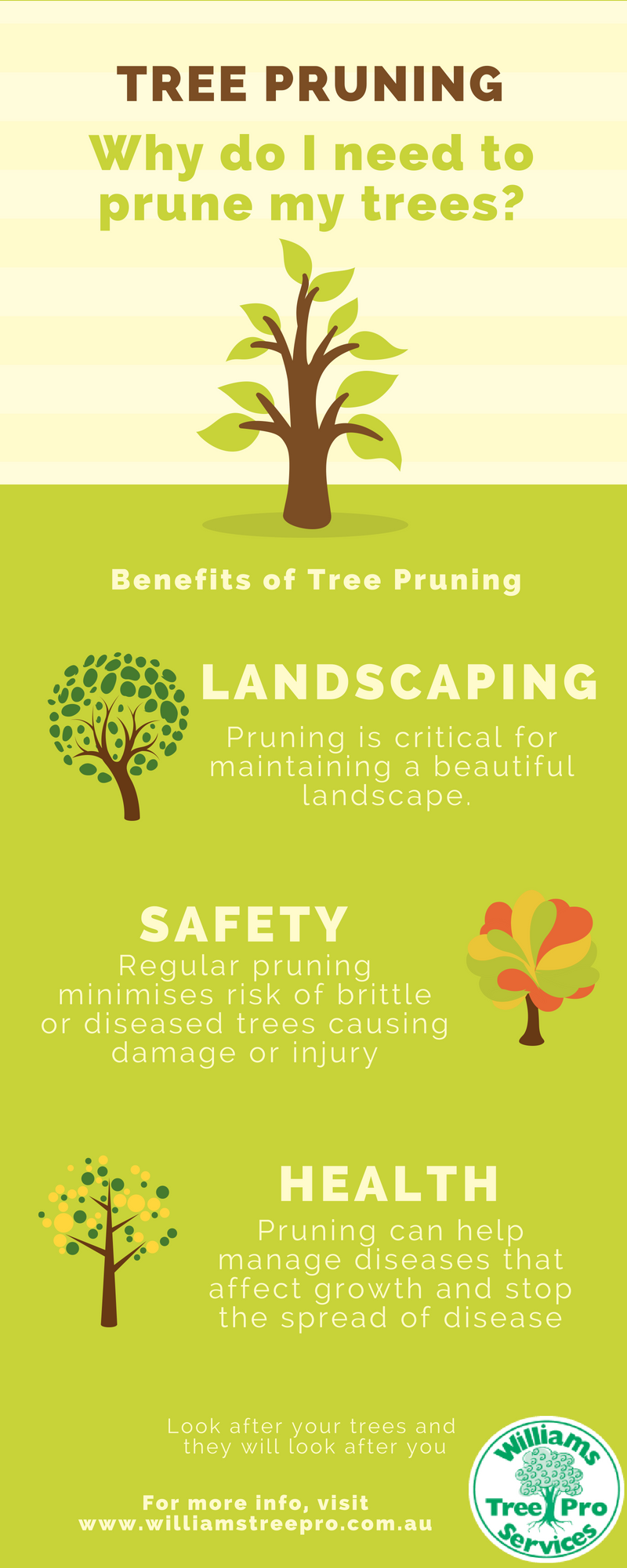Post-Tree Elimination Assistance: Exactly How To Effectively Recover Your Landscape
Post-Tree Elimination Assistance: Exactly How To Effectively Recover Your Landscape
Blog Article
Material Writer-Hinrichsen Cho
After a tree's elimination, your landscape might look quite different, and it's vital to analyze the after-effects very carefully. You'll want to assess the soil disturbance and check surrounding plants for any type of indicators of anxiety. Neglecting these factors can result in bigger problems down the line. So, what should you make with those stumps and roots? And exactly how do you select the very best plants for your rejuvenated room? Let's explore these crucial actions.
Examining the Consequences: Reviewing Your Landscape
After a tree removal, it's crucial to evaluate your landscape to comprehend the influence it carries your yard.
Beginning by examining the area where the tree stood. Seek signs of dirt disruption, and inspect the bordering plants for any kind of tension or damage.
You must also take note of how the removal has altered sunlight direct exposure and air movement in your yard. This shift can influence the growth of close-by plants, so it's essential to examine their health.
Take into consideration the aesthetic facets as well; the elimination may create an open space that you can redesign.
Lastly, consider any prospective erosion issues that might arise from the tree's absence. Attending to these aspects early will assist restore balance to your landscape.
Taking care of Stumps and Origins: Alternatives for Elimination
When you have actually examined the after-effects of the tree removal, you'll likely need to take on the stump and origins left.
You have a couple of alternatives for removal. One effective method is stump grinding, where a professional uses a machine to grind the stump down to below ground level. This strategy leaves marginal interruption to your landscape.
If you choose a DIY approach, you can make use of a combination of digging and chemical stump cleaners. Simply keep in mind, this procedure can take time and effort.
Alternatively, consider leaving the stump as an all-natural feature, which can serve as an one-of-a-kind garden element or environment for wildlife.
Whatever you select, resolving the stump and roots is important for restoring your landscape.
Choosing the Right Plant Kingdoms for Your New Area
As you assess your newly removed area, picking the right plants can dramatically boost your landscape's beauty and functionality.
Start by thinking about the sunlight and dirt conditions. For https://www.google.com/maps/uv?pb=!1s0x87695392e3f6d517%3A0xc91102aef5ddf5d8!5sPrecision%20Timber%20Felling!15sCgIgARICEAE&authuser=2&imagekey=!1e10!2sAF1QipOfxfA22tvqO_pMoLoIT6oHextobqxfeBwc7UBy , choose drought-resistant plants like lavender or succulents. In shaded areas, ferns and hostas flourish well.
Think about the size and development behaviors of your plants; mix perennials and annuals for seasonal selection. Do not fail to remember to incorporate indigenous types; they call for less maintenance and support neighborhood wild animals.
Team plants in weird numbers for a much more natural appearance and produce layers for visual deepness.
Finally, ensure https://www.castlerockco.com/diy-landscaping-ideas-for-spring-2020/ have a mix of shades and appearances to keep your landscape vibrant throughout the periods.
Pleased growing!
Conclusion
To conclude, recovering your landscape after tree removal is a rewarding process. By examining the consequences, dealing with stumps and roots, and choosing the right plants, you'll produce a growing environment. Do not fail to remember to include disintegration control procedures to shield your soil. With a little initiative and care, you can transform your area into a dynamic garden that improves your residential or commercial property. Welcome the opportunity to revitalize your landscape and take pleasure in the appeal of nature right in your backyard!
